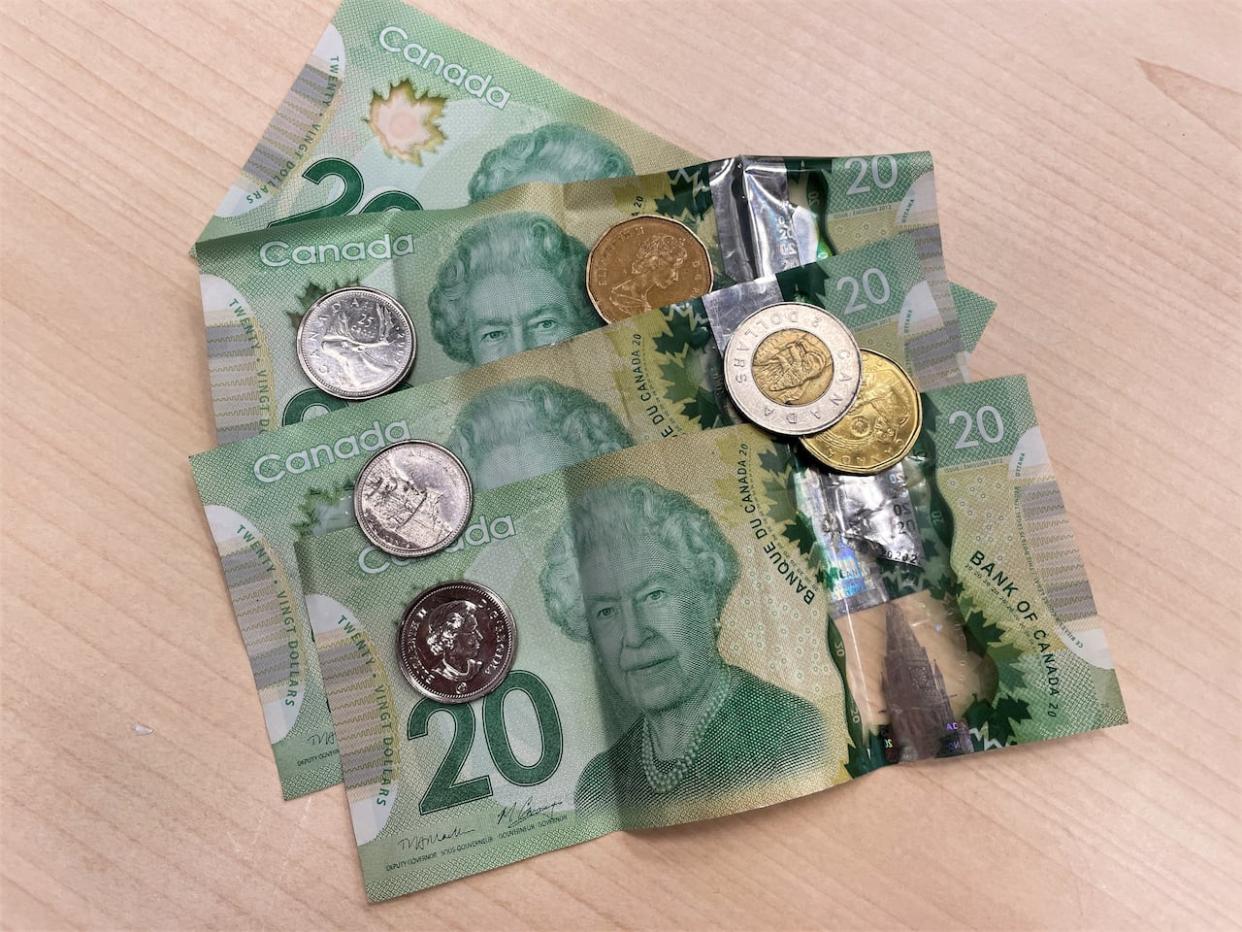Here's what inflation has cost you since 2021

Inflation remains moderate on P.E.I., according to figures released by Statistics Canada on Tuesday, but Islanders are still paying for what happened in 2021 and 2022.
The annual inflation rate in March was 2.6 per cent, a little below the national average of 2.9 per cent. In the last six months, inflation on the Island has averaged 1.7 per cent.
Inflation is down on some items:
Clothing and footwear: -3.4 per cent.
Household operations: -1.0 per cent.
But higher prices in restaurants (+9.6 per cent), health and personal care (+5.2 per cent), and expenses related to owning your own home (+4.8 per cent) drove the rate into positive territory.
Through 2021 and 2022, P.E.I. had the highest inflation in Canada but it moderated in 2023, falling below one per cent in some months.
But while inflation is lower, it is not negative. The prices that rose in '21 and '22 have been, as usually happens after a period of high inflation, locked in.
Here's a look at what inflation has done to your buying power since January 2021.
Fuel oil has seen the biggest impact.
The amount of oil you can buy now for $100 would have only cost you $52.63 in January 2021. Buying $100 worth of gasoline today would have cost $66.18 in 2021.
Some absolute necessities also saw a big impact: rent ($79.14) and groceries ($80.26).
By contrast, clothing and footwear ($97.30) and recreation, education and reading ($95.84) are little changed.

